May 22, 2025 | 13:40 GMT +7
May 22, 2025 | 13:40 GMT +7
Hotline: 0913.378.918
May 22, 2025 | 13:40 GMT +7
Hotline: 0913.378.918
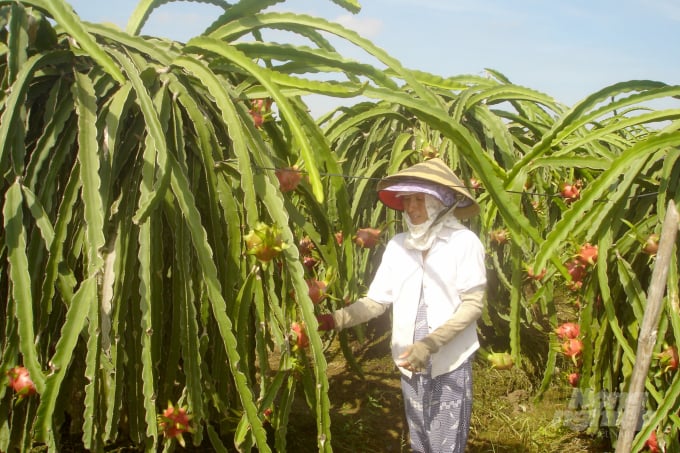
Consumption of dragon fruit is now more favorable. Photo: Thanh Son.
Le Thanh Tung, Deputy Director of the Department of Crop Production under the Ministry of Agriculture and Rural Development, said that in the last six months of this year, the output of fruits in the Southern region was quite large.
Specifically, it is expected to get 626,000 tonnes dragon fruit, 282,000 tonnes banana, 312,000 tonnes mangoes, 164,000 tonnes jackfruit, 233,000 tonnes of pomelos, 285,000 tonnes pomelos, 189,000 pineapples and206,000 tons pineapples.
Regarding to the consumption of dragon fruit, Nguyen Quoc Trinh, Chairman of Long An Dragon Fruit Association, said, due to China reopened border gates and dragon fruit is being promoted to many other markets, the dragon fruit consumption is more convenient.
The price of dragon fruit that Long An farmers sell in the garden is currently around VND15,000 per kg while the production cost is not more than VND10,000 per kg. The price in the main crop is usually lower than the off-season crop.
“A good news is that because the amount of dragon fruit available in China is lower than demand, Chinese traders are stepping up the purchase of dragon fruit from Vietnam,” he said.
Meanwhile, the output of dragon fruit in the main season decreased significantly. The reason is that in the third quarter of last year, due to strict implementation of social distancing to prevent COVID-19, dragon fruit farmers faced many difficulties in traveling to take care of their gardens. Therefore, many dragon fruit gardens did not grow well, leading to a decrease in this year's production.
On the other hand, the price of agricultural materials, especially fertilizers, has increased much, causing many farmers to reduce investment in dragon fruit gardens, especially between late 2021 and early 2022, the consumption of dragon fruit faced difficulties because of China's COVID pandemic prevention policy.
Trinh said that consuming dragon fruit in the coming months will be more favorable.
However, official Tung said that if the the CCOVID-19 pandemic developed complicated, it could affect fruit exports, especially to the Chinese market. The quality and traceability requirements of export markets, especially the Chinese market, can increase disease quarantine measures, thereby slowing down the export progress, causing congestion at border gates and affecting domestic consumption.
In addition, the cost of production inputs, fertilizers, and pesticides affect fruit production, particularly in productivity and quality of fruits.
Meanwhile, the domestic fruit processing capacity is still limited and Vietnam mainly still exports fresh fruit. Therefore, if export activities face difficult, consumption will face difficulties too.
Tung said that localities need to keep a close eye on the output and quality of fruit trees, step up the assessment of the area code for fruit growing areas, direct the distribution of fruit crops (dragon fruit, mango, longan, rambutan, durian) flexibly in accordance with the consumption situation.
They had to develop a specific consumption plan, connect businesses to buy fruits and continue to promote fruit preservation and processing, Tung said.
According to the Department of Crop Production, at present, Mekong Delta provinces paid more attention to off-season fruit production. Farmers have a lot of experience and successfully applied the technical process to grow off-season crops. Off-season production of five fruit trees - dragon fruit, mango, rambutan, durian, longan – see an increased efficiency, 1.5 times to 2 times higher compared to main crop production.
So far, off-season dragon fruit growing areas exceeded 30,200 ha, rambutan 1,100 ha, durian 300 ha, longan 5,000 ha, mango 1,300 ha.
In 2021, with 5 types of fruits (dragon fruit, mango, rambutan, durian and longan) in Mekong Dalta provinces and Binh Thuan (dragon fruit) , fruit growing areas reached 132,7000 hectares, of which 71,900 ha for off-season fruits, accounting for 62.6 per cent of the total harvested area. The total output of the off-season fruits was 1.23 million tonnes, accounting for 54.4 per cent of the total output.
Translated by Hien Anh
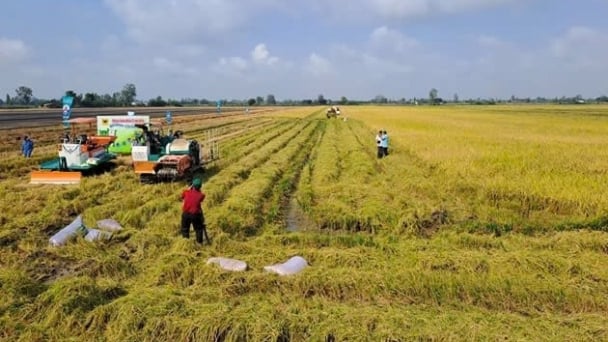
(VAN) To operate carbon market, one of the key issues is determining which types of 'commodities' meet the standards to be traded on the market.
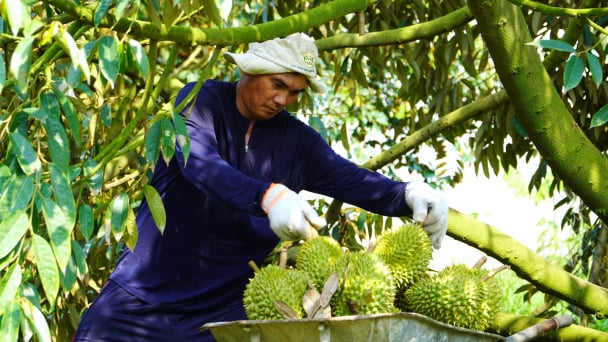
(VAN) Durian-producing localities need to coordinate more effectively with central authorities to improve the traceability, monitoring, and response systems in case of violations.
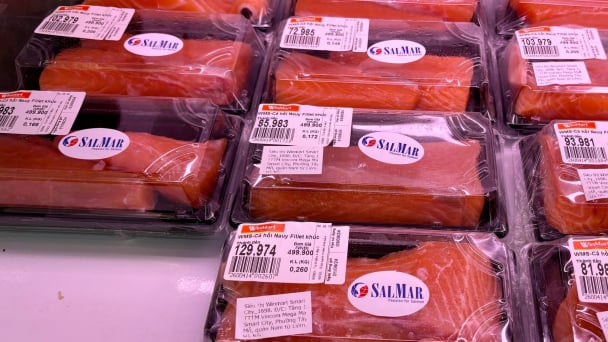
By minimizing waste, embracing modern technology, and expanding into niche markets, SalMar - the second largest producer of Atlantic salmon in the world has built a successful strategy to conquer the global market.

(VAN) One of the key factors for businesses to effectively take advantage of tariff preferences under these FTAs is the rules of origin.

(VAN) Oliyar, a prominent Ukrainian oil and fat manufacturer, has revealed plans to build a farm for 2.3 million laying hens in the Lviv region. The additional production quantities promise to change the competitive landscape of the egg market of the Eastern Europe region.
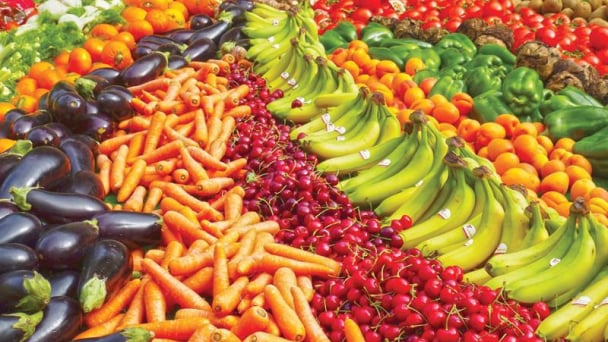
(VAN) On May 15, Ministry of Agriculture and Environment of Vietnam hosted the 'Connecting Vietnam - Germany agricultural, forestry and fishery trade' seminar in Berlin, Germany.
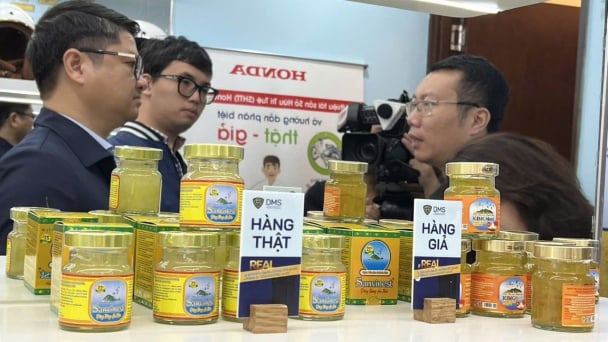
(VAN) In the face of counterfeit and imitation products, Khanh Hoa Salanganes Nest Company hopes for the prompt completion of the legal framework, strict enforcement against violations, and protection of the bird’s nest brand.